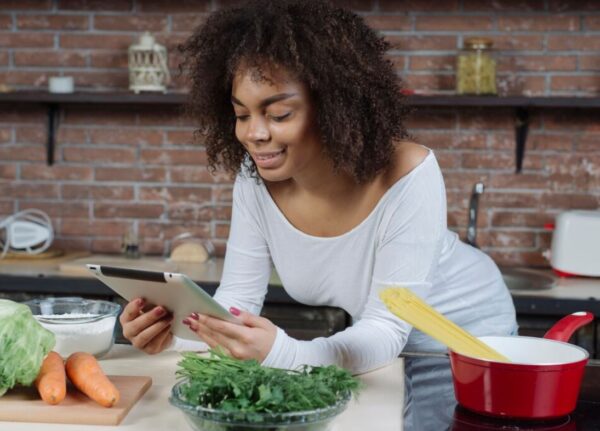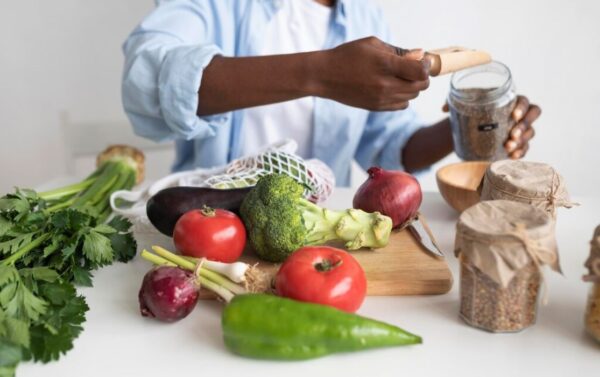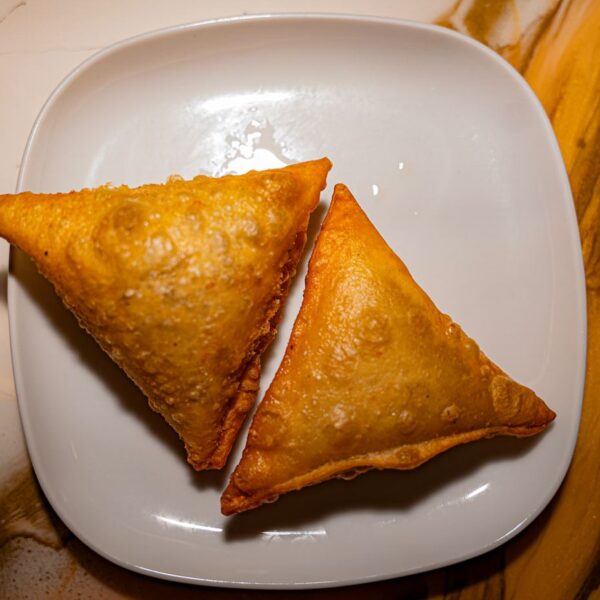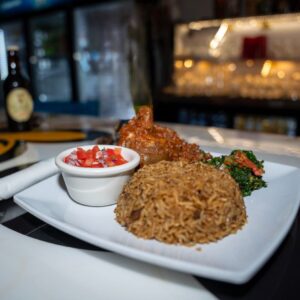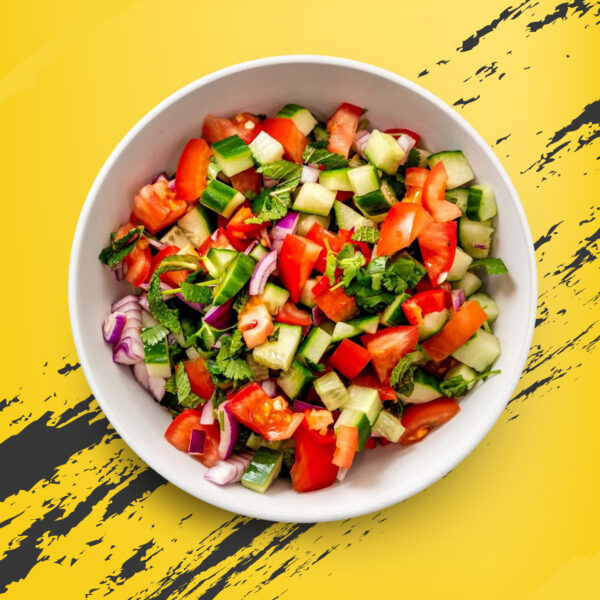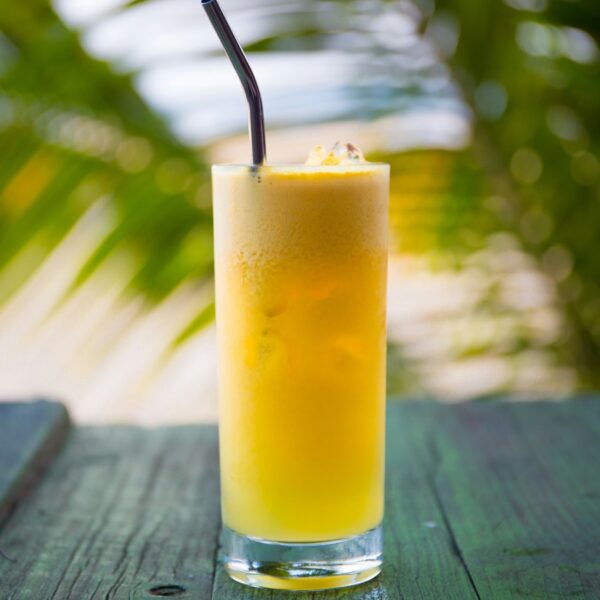What Is Zero-Waste Cooking?
Zero-waste cooking is a method of preparing and consuming food that avoids waste at every step. From using every part of a vegetable to repurposing leftovers, the idea is to reduce food waste, save money, and help the planet. In a world where millions of tons of food are wasted every year, zero-waste cooking is not just a trend—it’s a necessary shift in how we eat and think about food.
Why Zero-Waste Cooking Matters More Than Ever
Food waste has become a global crisis. According to the United Nations, nearly 1.3 billion tons of food are thrown away each year. This waste contributes to:
- Greenhouse gas emissions
- Water and land misuse
- Food insecurity for millions of people
When food is wasted, all the energy and resources used to grow, process, and transport it are also wasted. Zero-waste cooking helps reduce this negative impact. It encourages us to use food smarter, plan meals better, and create less trash.
Core Principles of Zero-Waste Cooking
1. Use Every Edible Part
This includes:
- Vegetable stems, leaves, and skins
- Bones and meat scraps
- Fruit peels and cores
Instead of throwing them out, use them in stocks, broths, smoothies, sauces, or seasoning powders.
2. Plan Meals Ahead
Meal planning reduces impulse buying and over-purchasing. When we plan what to cook and buy only what’s needed, we avoid spoilage and unnecessary waste.
3. Store Food Properly
Correct food storage extends shelf life. Know which foods go in the fridge, which stay on the counter, and which need airtight containers. For example:
- Store herbs like flowers in water
- Keep onions in dark, dry places
- Freeze leftovers before they spoil
4. Repurpose Leftovers
Yesterday’s roasted veggies can become today’s soup or omelet. Leftover rice can be transformed into fried rice or rice pudding. The possibilities are endless when we look at leftovers as opportunities.
5. Compost What You Can’t Eat
Some scraps are not usable in cooking (like eggshells or citrus peels), but they can become rich compost to grow more food. Composting closes the loop of food production and waste.
How to Implement Zero-Waste Cooking at Home
Start with an Inventory Check
Before going to the store, look at what you already have. Use what’s close to expiring and plan meals around it.
Practice “Root-to-Stem” Cooking
This involves using the full vegetable:
- Carrot tops → pesto or salad mix-ins
- Broccoli stems → grated into slaw or stir-fry
- Potato skins → baked into chips
Save Vegetable Scraps for Broth
Keep a bag in your freezer for scraps like:
- Onion skins
- Celery ends
- Garlic peels
- Herb stems
Once the bag is full, simmer the contents with water for a homemade vegetable broth.
Buy Ugly Produce
Stores often throw away fruits and vegetables that are misshapen or blemished but still perfectly edible. These “ugly” items are great for smoothies, soups, and baking.
Batch Cook & Freeze
Prepare large portions of meals and freeze leftovers in portions. This avoids waste from spoiled food and saves time on busy days.
Make a Weekly “Use-It-Up” Meal
Once a week, make a dish from whatever is left in the fridge:
- Stir-fries
- Frittatas
- Casseroles
- Soups
These meals are not only delicious but also a smart way to avoid throwing out unused items.
Creative Zero-Waste Recipes to Try
Carrot Top Pesto
- Carrot tops (washed)
- Garlic
- Olive oil
- Nuts (walnuts or sunflower seeds)
- Parmesan cheese (optional)
Blend everything into a rich pesto perfect for pasta or sandwiches.
Banana Peel Curry
- Banana peels (washed and chopped)
- Onions, tomatoes, spices
Cook as you would a vegetable curry—full of fiber and flavor.
Bread Ends Croutons
- Bread crusts or ends
- Olive oil, herbs, garlic
Toss and bake to make crispy croutons for salads or soups.
Leftover Vegetable Fritters
- Mixed leftover veggies
- Flour or breadcrumbs
- Egg or chickpea flour
Mix and fry into golden fritters. Serve with yogurt or sauce.
Fruit Scrap Vinegar
- Apple peels and cores
- Sugar
- Water
Ferment for a few weeks for natural fruit vinegar.
Kitchen Tools That Support Zero-Waste Cooking
- Freezer-safe containers – for storing extra portions or scraps
- Blender or food processor – for turning peels and stems into sauces
- Compost bin – for what can’t be used in meals
- Beeswax wraps or silicone lids – to replace plastic wrap
- Reusable produce bags – for shopping without plastic
Zero-Waste in Shopping: What to Look For
Shop Bulk
Bring your own containers and buy in bulk to reduce packaging waste.
Support Farmers Markets
They often sell local and seasonal produce with less packaging. Also, farmers are more open to selling “imperfect” produce.
Buy Whole Foods
Whole vegetables, grains, and proteins (instead of processed ones) give you control and flexibility in the kitchen while reducing waste.
Avoid Single-Use Packaging
Choose items with minimal or compostable packaging whenever possible.
Teach the Family: Make Zero-Waste a Lifestyle
Zero-waste cooking is easier when everyone is involved:
- Let kids help in meal prep and leftovers
- Set up fun challenges like “no-waste week”
- Share recipes and tips with friends and neighbors
Creating a household culture around mindful eating makes the practice sustainable and enjoyable.
Common Challenges & How to Overcome Them
“It Takes Too Much Time”
Batch cooking and planning reduce daily workload. Start small—focus on just one area, like using all parts of a vegetable.
“I Don’t Know What to Do With Scraps”
Start a freezer bag for scraps used in broth. Search online for creative recipes that use common leftovers.
“My Family Is Picky”
Turn waste-saving meals into exciting dishes. Get feedback from the family and adjust flavors to suit their preferences.
Benefits of Zero-Waste Cooking
- Saves Money – Less food waste = fewer grocery bills
- Better Nutrition – Fresh, whole ingredients are healthier
- Protects the Environment – Reduces landfill waste and resource consumption
- Builds Skills – Improves creativity and confidence in the kitchen
- Strengthens Communities – Promotes local sourcing and shared practices
How Restaurants Are Adopting Zero-Waste Practices
Many forward-thinking restaurants now:
- Use every part of an ingredient
- Create menus that change based on availability
- Compost kitchen waste
- Partner with local farms
- Offer dishes made from “imperfect” produce
Some even showcase “waste-free” menus as part of their brand mission, inspiring others to follow suit.
Final Thoughts: The Future of Cooking Is Waste-Free
Zero-waste cooking is more than just a trend. It’s a movement toward smarter, healthier, and more sustainable food habits. It empowers us to rethink how we cook, shop, and eat. Whether you’re a home cook, a professional chef, or someone just learning to cook, taking even small steps toward zero-waste can make a big difference.
By embracing this approach, we not only nourish our bodies but also care for the planet and future generations.
Beehive Restaurant and Lounge is a vibrant culinary destination in Portland, Oregon, offering a unique blend of authentic African cuisine infused with the sweetness of honey. Whether you’re joining us for a meal or a special celebration, Beehive is your hive of warmth, hospitality, and exceptional culinary delights. Connect with us on social media and join our community to stay updated on our latest offerings and events!

